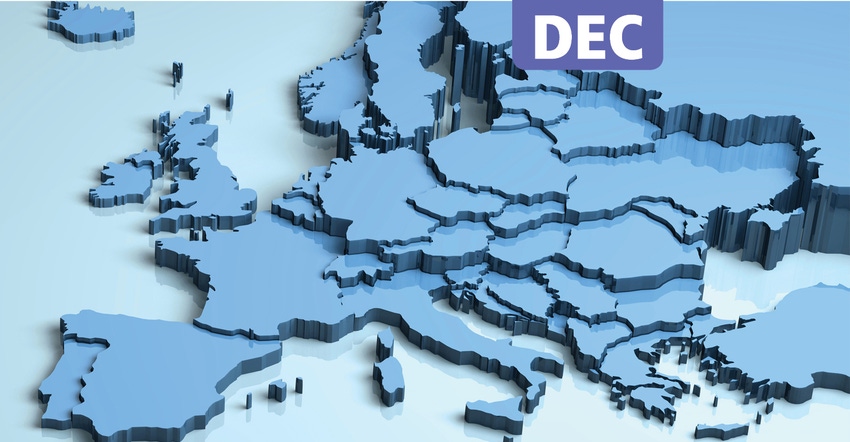Melaina Juntti is a longtime freelance journalist, copy editor and marketing professional. With nearly two decades of experience in the natural products industry, she is a frequent contributor to Nutrition Business Journal, Natural Foods Merchandiser and NewHope.com. Melaina is based in Madison, Wisconsin, and is passionate about hiking, camping, fishing and live music.
